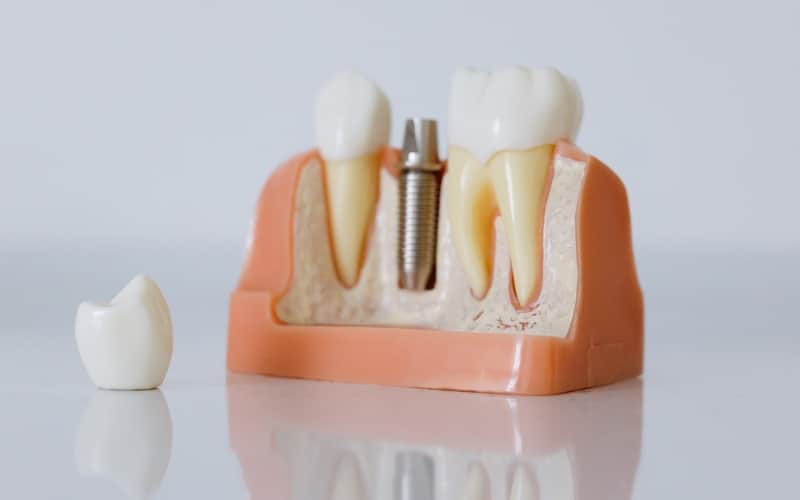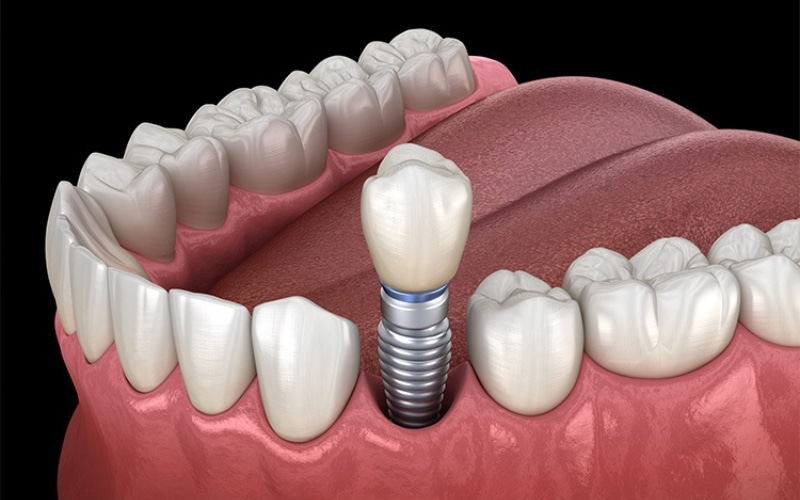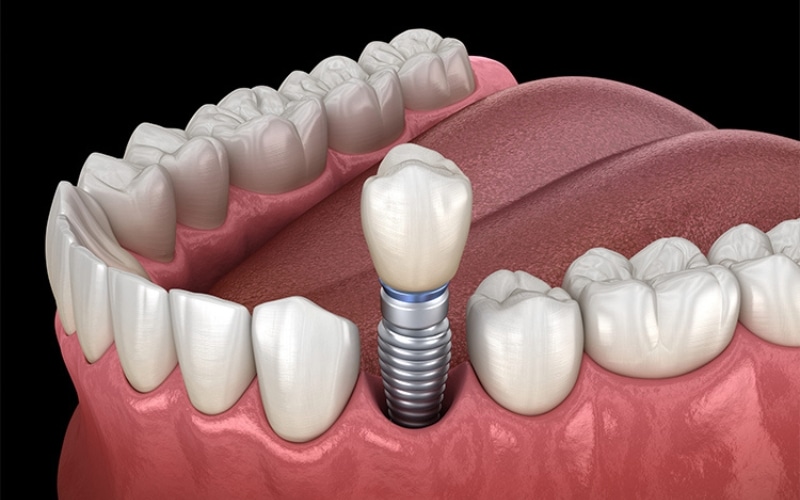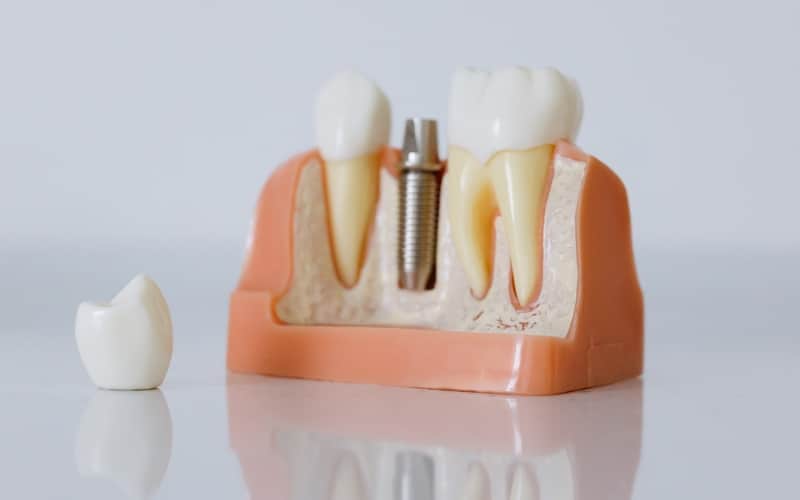New Patients Welcome!

Dental implants represent a groundbreaking advancement in dentistry, providing a durable solution for missing teeth. Yet, like any surgical procedure, discomfort is part of the process. This blog aims to illuminate the nuances of dental implant pain, empowering patients to distinguish between expected postoperative sensations and potential red flags.
Understanding Typical Dental Implant Pain
Following a dental implant procedure, experiencing discomfort and pain is entirely normal. This response is the body’s natural reaction to surgery. The oral tissues and bone around the implant undergo trauma during the process, leading to inflammation and mild to moderate pain. Typically, this pain can be managed with prescribed medications and gradually diminishes within the first week.
The Initial Days: What to Expect
In the days immediately after your dental implant surgery, you may encounter:
- Swelling: Swelling is common. Applying ice intermittently during the first 48 hours can help reduce it.
- Pain at the Implant Site: Expect localized pain around the implant. This pain is most intense in the first 24 to 72 hours and then diminishes.
- Bruising: Some patients notice bruising around the cheeks and jawline, which is part of the healing process and should fade within a few days.
Progressing Through Healing
As time passes, the body’s healing mechanisms take over. Pain should steadily decrease, and any remaining swelling or bruising should subside. It’s vital to follow your dentist’s postoperative care instructions diligently.
Warning Signs: When Pain Is Not Normal
While some discomfort is expected after dental implant surgery, certain signs may indicate complications. Contact your dentist if you experience:
- Severe or Prolonged Pain: Intense or persistent pain beyond the initial week may signal an issue.
- Increasing Swelling: A sudden increase in swelling after the first few days could indicate infection.
- Fever or Chills: Systemic symptoms like fever or chills may indicate infection and require immediate attention.
Comparing Pain During Healing Stages
Understanding the stages of healing helps determine if your pain is normal:
- Immediate Postoperative Period: Expect intense pain and swelling.
- First Week: Pain decreases, and swelling subsides.
- 2-4 Weeks: Significant reduction in pain, with continued healing.
- Beyond 1 Month: Minor discomfort may persist but should gradually fade.
Enduring Discomfort for Long-Term Benefits
Though the initial discomfort can be challenging, remember the long-term benefits of dental implants: enhanced oral function, improved aesthetics, and overall quality of life. The pain in the beginning is a small price to pay for these lasting advantages.
Tips for Managing Dental Implant Pain
- Follow Prescribed Medications: Take pain relievers and antibiotics as directed.
- Rest and Avoid Strain: Allow your body to heal by avoiding strenuous activities.
- Maintain Oral Hygiene: Follow recommended oral care to prevent infections.
- Attend Follow-Up Appointments: Regular check-ups monitor healing and detect issues early.
When to Consult Your Dentist
If you’re unsure about your pain level or notice concerning symptoms, contact your dentist promptly. Timely intervention can address issues for a smoother recovery.
Dental implant pain is part of the healing process, but distinguishing between normal discomfort and potential complications is crucial. By understanding expected postoperative pain stages and recognizing warning signs, patients can navigate recovery confidently, knowing the enduring benefits of dental implants justify the temporary discomfort.





